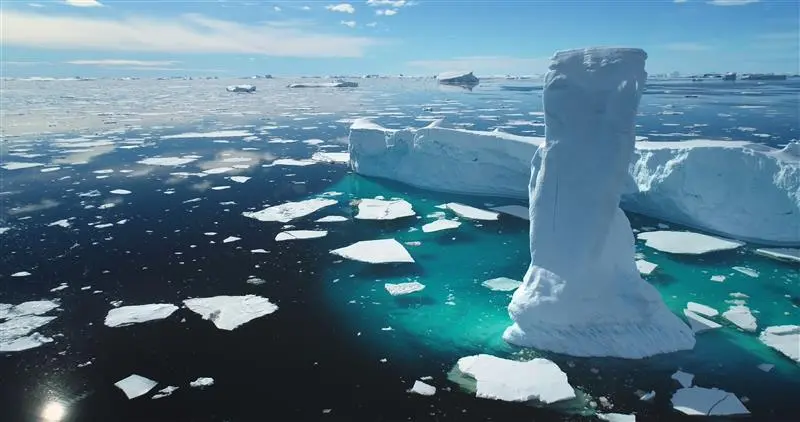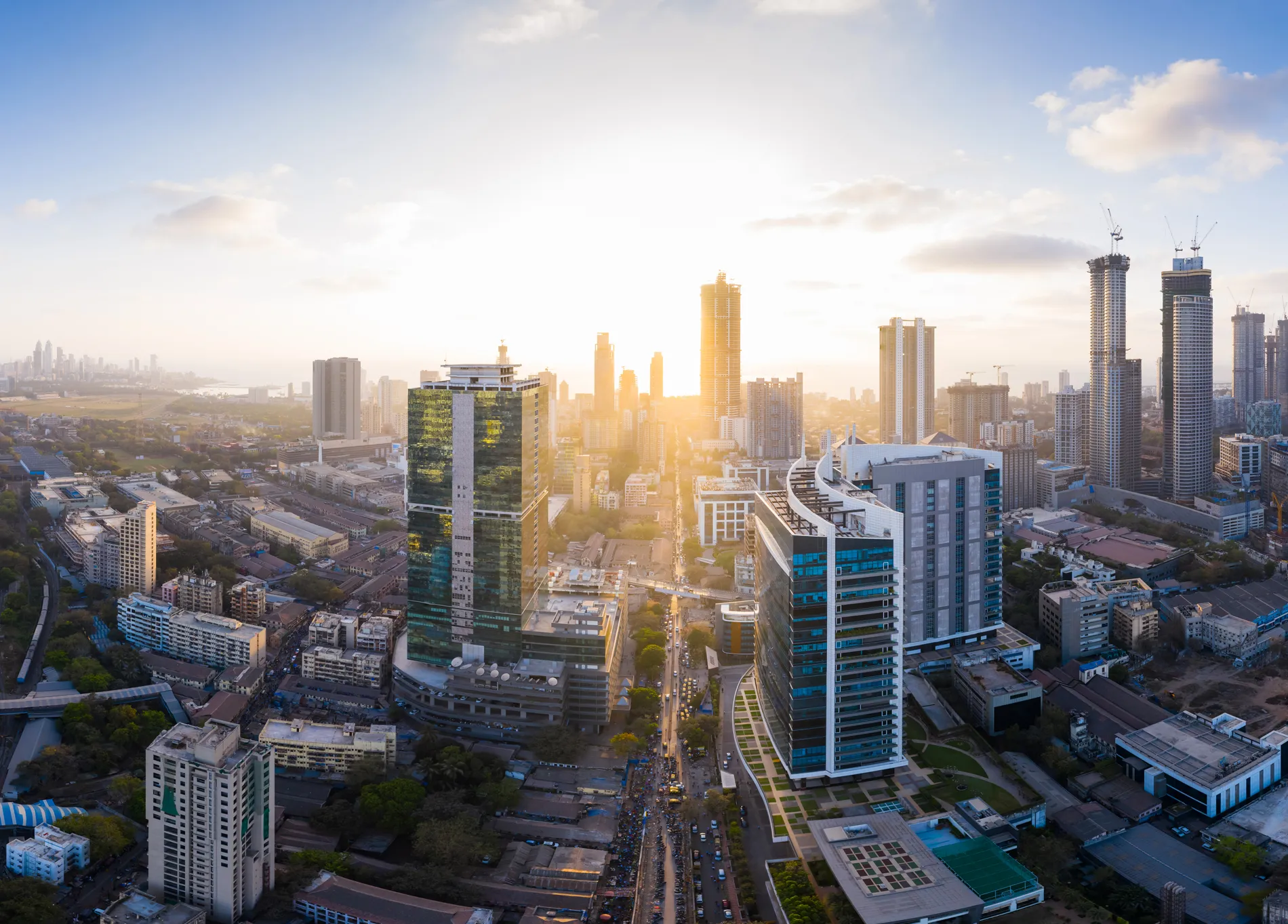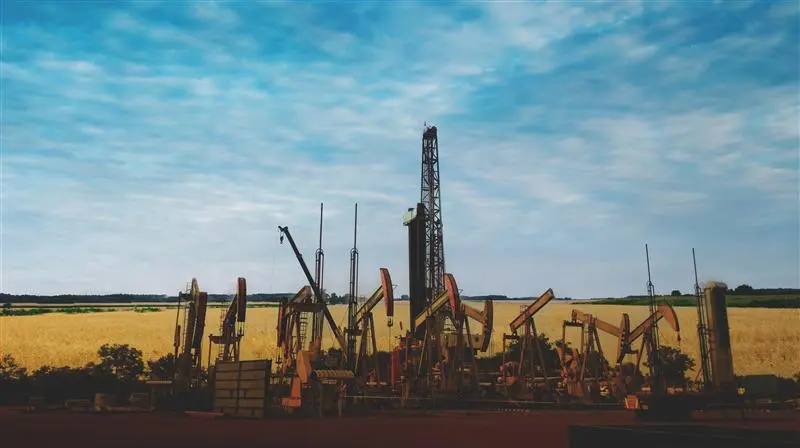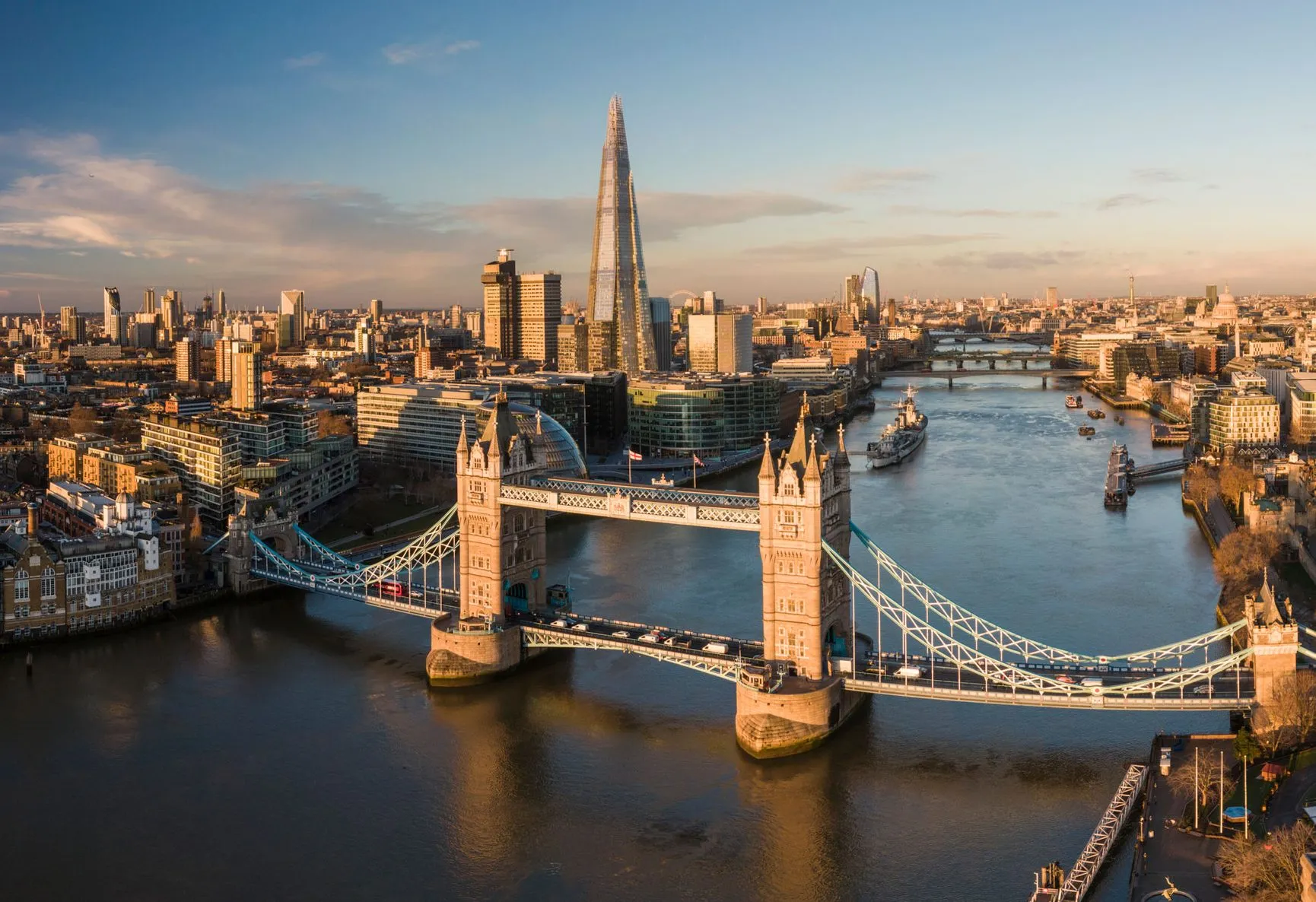For years, the pace and scale of the global energy transition have been uncertain. Significant progress has been made in areas like solar capacity, electric vehicles, and battery storage, but new challenges continue to surface: aging grid infrastructure, high inflation, and surging power demand.
More recently, another layer of uncertainty has emerged—the pace of climate change itself. The acceleration of global warming is often used as a metric for assessing climate risks, but scientists are increasingly debating its implications. These debates raise questions about how quickly the climate is changing amid an uneven global transition.
Jefferies’ Sustainability & Transition Team recently sat down with Pierre Friedlingstein, Professor and Chair in Mathematical Modeling of the Climate System at the University of Exeter. Together, they explored what the latest data reveals about the trajectory of climate change—and whether net-zero efforts are up to the challenge.
Here are eight key takeaways from their discussion.
- Global fossil fuel emissions have quadrupled over the last 60 years, contributing to increased warming. Global emissions are around 37 billion tons of CO2 annually. Emissions have risen sharply since the 1970s, climbing from an average of 22 billion tons per year back then to nearly 40 billion tons per year in the last decade. China is the largest contributor, accounting for 31% of global emissions, followed by the U.S. at 14%, India at 8%, and the EU at 7%.
- Carbon sinks are still working to absorb CO2, but their efficiency is declining. Over the past 60 years, the ocean and land have more than doubled their capacity to absorb carbon, removing about 55% of global emissions. However, there are signs that these natural carbon absorbers may be becoming less efficient and slowing down.
- The amount of CO2 the world can emit while keeping global warming within specific limits—like 1.5°C or 2°C above pre-industrial levels—is finite. There’s a clear, direct link between total CO2 emissions and temperature rise, supported by all major climate models. At the current rate of emissions, we have roughly 7 years left to stay within 1.5°C, 15 years for 1.7°C, and 28 years for 2°C.
- Warming may be accelerating, but the rate of acceleration varies depending on the baseline and time period analyzed. Research shows a steady rise in warming from the 1970s to 2010, with a faster increase after 2010. However, the strength of this argument varies. The acceleration is more noticeable when comparing recent years to the late 19th and 20th centuries but less convincing over shorter time frames.
- The reduction in sulfate aerosol emissions may also be contributing to faster warming, as these particles have a cooling effect. Regulations to limit aerosol emissions, driven by their harmful health impacts, have led to fewer aerosols in the atmosphere. With less cooling from aerosols, warming could be accelerating.
- Climate scientists debate whether warming acceleration is a meaningful metric. The perceived rate and direction of acceleration depend on the timescales and natural variability considered. It’s important to focus on metrics like the remaining carbon budget, current emission rates, and the efficiency of natural carbon sinks in absorbing CO2.
- There is an increasing need for carbon removals given the limited carbon budget available. To limit future warming, CO2 must be removed faster than natural sinks can manage. Approaches like Direct Air Capture (DAC) and Bioenergy with Carbon Capture and Storage (BECCS) show potential for effectively removing carbon from the atmosphere.
- Whether the rate of warming continues to rise or not will depend on our ability to mitigate emissions. As long as emissions continue to rise, climate change will continue with increasing impacts and need for adaptation.
Jefferies’ conversation with Professor Friedlingstein underscores the central challenge of the global transition: despite advances in understanding and addressing climate change, the window for effective action is narrowing. Without faster, more ambitious efforts, critical warming thresholds could be exceeded within decades.
At the same time, the professor’s insights reveal the complexity of the climate conversation. Metrics like warming acceleration are context-dependent, and different indicators can yield varying conclusions. Understanding progress and setbacks in the global transition requires openness to evolving data and a broad range of climate metrics.
For more insights on climate and the energy transition, follow along with Jefferies’ Sustainability & Transition Team.




